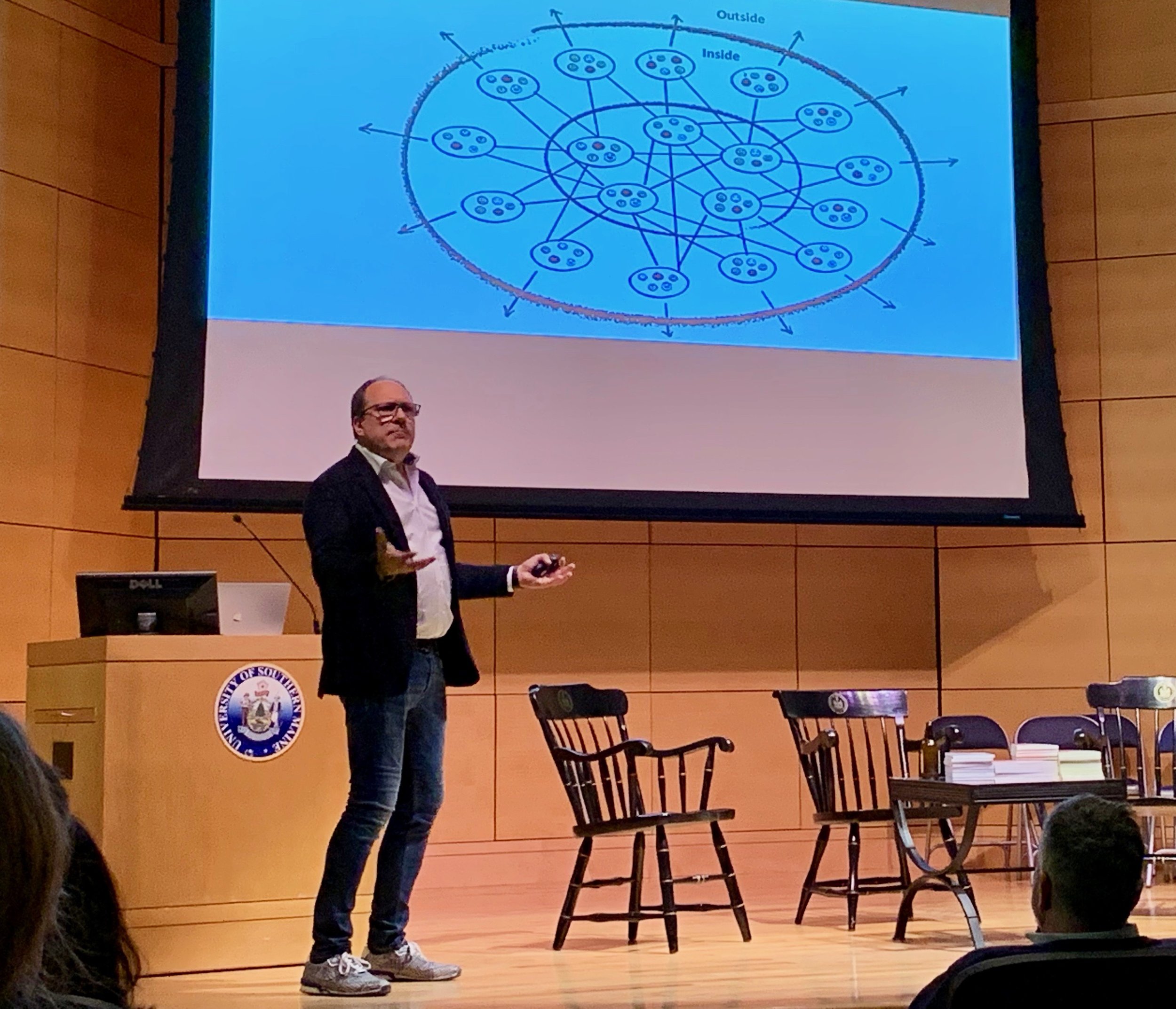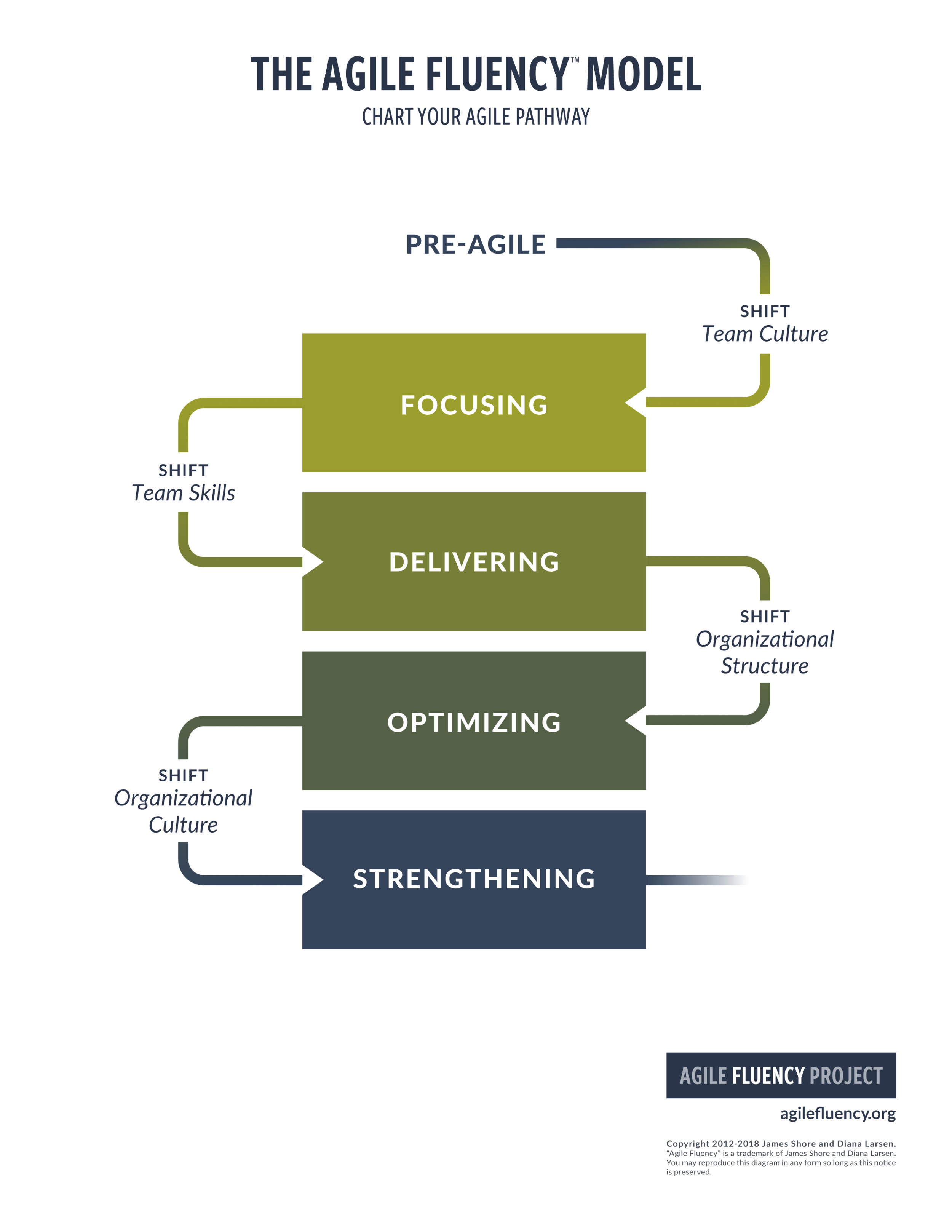Agile over the next 20 years
/Melissa and I are just returned from attending Agile Maine Day 2019. This one-day conference in Portland, Maine is one of the many smaller agile conferences where enthusiasm, love of learning, and positive energy abound.
During the conference, I ran a session on how to get better returns from your investment in Agile. Here are some pictures from the session:
Jim York At Agile Maine
In a nutshell, my session was about using a goal-focused approach to adopting agile. By establishing meaningful goals we can help teams identify which agile practices have the potential to generate the greatest impact for themselves, their organizations, and their customers.
To kick things off, I asked the attendees “What did your organization or team expect as a benefit or outcome from its adoption of Agile?”
As you can see, there were more expectations than fit on the flipchart page!
Then, I asked “What did the organization or team invest to achieve that benefit or outcome?”
Here again the responses fill the page. Clearly, we are making big investments in money, time, and energy!
But, are we getting the biggest bang for the buck? Did we get the outcome we expected? And, was that outcome sustainable?
Despite big investments, the responses I have been getting to this question about whether we are getting a good return on our agile investment reveal that organizations and teams have not consistently achieved the outcomes they want from agile. It doesn’t have to be that way. We have an opportunity to make it better.
The Opportunity for Improvement: Agile over the next 20 years
Lately, I am seeing a changing dynamic in how organizations are approaching agile. Based on my own experiences with my coaching clients and conversations with my colleagues, here are three significant organizational movements that have the potential to dramatically increase the return on investments in agile:
1. Organizational shift from push to pull
Niels Pfaeging at Agile Maine
Organizations are shifting from pushing agile onto teams to teams pulling from both agile and from organizational leadership the things they need to be successful to achieve the organization’s and the team’s goals (Niels Pfaeging’s keynote session at Agile Maine touched on this topic as well.)
2. Effective organizational leadership/team feedback loops
Organizational leadership is harnessing the rich information flow generated by teams using agile processes to refine their strategic organizational goals and improve their support of their teams. This feedback loop is the lifeblood of organizational improvement. Effective use of the feedback leads to sustainable agility in the areas that matter most to the organization.
3. Better targeted agile investments
Low-prescriptive approaches such as the Agile Fluency® Model are helping to reveal what is truly relevant, clarifying investment, and aligning conversations. The result is better-fit agile consistent with the Agile Manifesto’s values and principles.
The bottom line is that organizations getting higher returns from their agile investment are investing in the parts of agile that matter most to their organizations. They are effectively targeting their investments by establishing organizational context and goals, setting their teams up for success, experimenting with what might work, and evaluating and resetting based on feedback. Sounds like agile to me!










